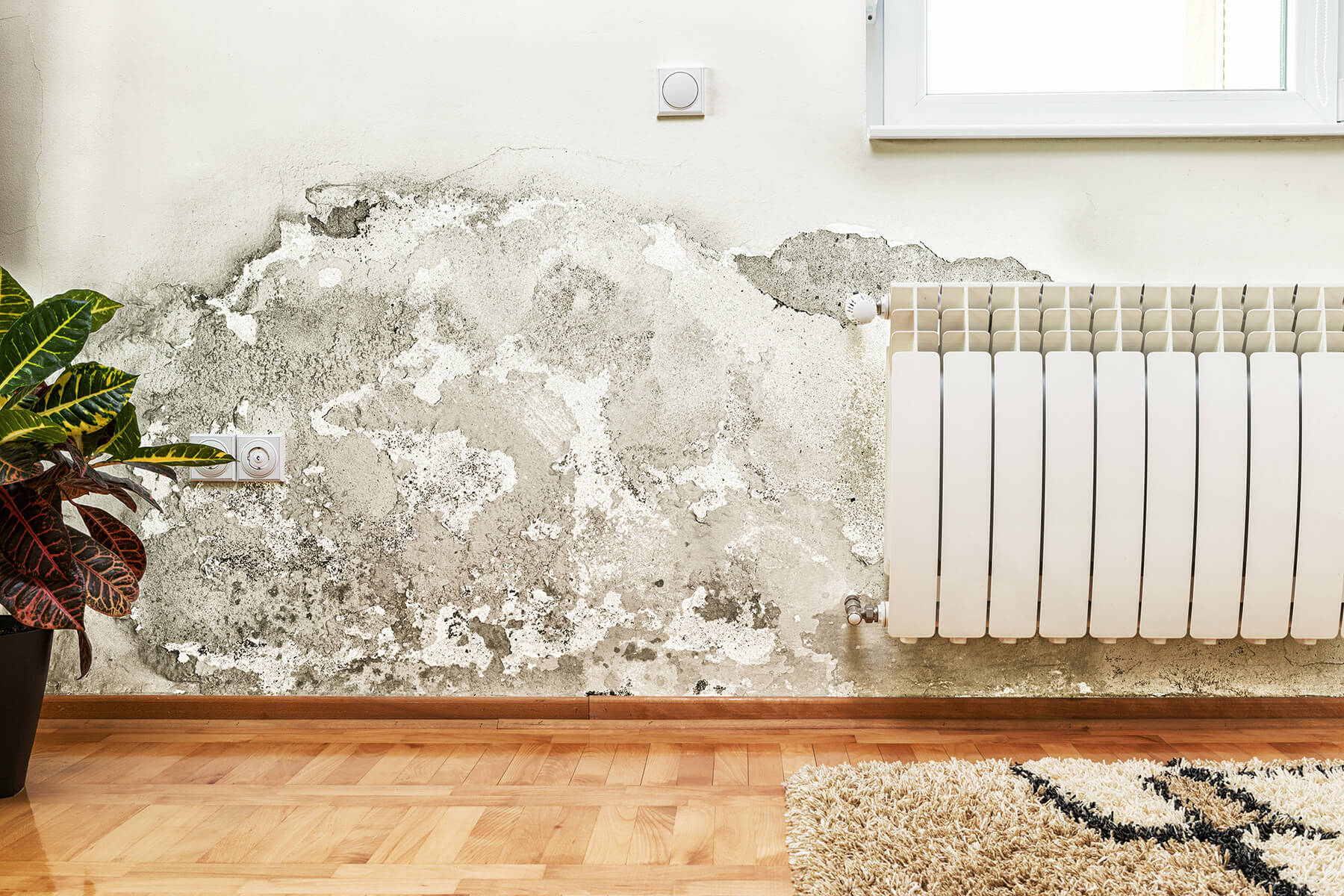
APP Damp Proofing Solutions

The UK’s leading property care experts with over 50 years experience

CHAS Accreditation demonstrating excellent health & safety standards

Call us weekdays till 7pm & Saturdays till 4pm: 01223 244 515
Your Damp Proofing Specialists Since 1967
Tackling damp at home can feel like a daunting task, but we’re here to simplify it for you. Whether it’s the musty smell that’s bothering you or the unsightly patches on your internal walls, there’s a solution for every damp problem.
In this article, we’ll explore a variety of damp solutions that work wonders in maintaining a healthy and comfortable living space. From understanding the root cause to implementing effective remedies, we’re going to demystify the world of damp solutions for you.
At APP Protect, we’ve been providing damp proofing solutions since 1967, protecting thousands of homes across the Cambridgeshire area.
Damp Problem?
Our qualified surveyors are experts in getting to the core of your damp issues. Whether it’s rising damp, penetrating damp or condensation. Need help spotting the common signs? Check our damp fact file below.
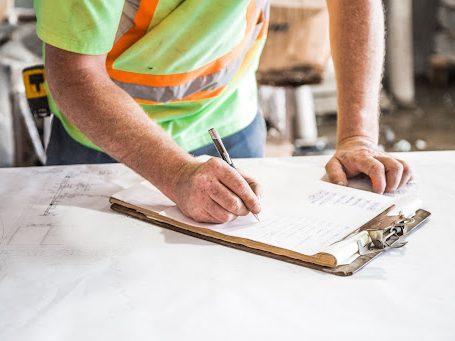
When you get in touch, we’ll ask a few questions and give some advice over the phone then, if you’re happy to proceed, we’ll send a surveyor out to assess the issue. All surveyors are directly employed members of the team and are Certified Surveyors of Timber and Dampness in Buildings (CSTDB) and Certified Surveyors in Structural Waterproofing (CSSW).
The APP Protect surveyor will conduct a thorough inspection of the problem area to provide a robust damp proofing solution. The surveyor will also look at other high-risk areas, and produce a comprehensive written report. Our reports include advice and recommendations with an estimate for any work needed. You’ll receive your report within five working days and, because our surveyors don’t get a commission, you can rest assured that any recommendations are honest evaluations of the work required.
Things to watch out for
Rising Damp
Rising damp is a condition that occurs when moisture rises up through walls and floors, resulting in potential structural damage and health risks.
Penetrating Damp
Penetrating damp is a type of moisture intrusion that occurs when water passes through cracks and other openings in buildings leading to damage and the potential for mould growth.
Condensation Damp
Condensation damp occurs when humidity levels in the home are too high, leading to water droplets condensing on cold surfaces such as windows and walls.
Professional Damp proofing installation
Sometimes behavioural changes or simple fixes can be a solution to damp issues but occasionally more complex work is required. As Property Care Association (PCA) and Trustmark members, our damp proofing installers work to the very highest standards, providing solutions such as:
- Damp proof courses to rectify a rising damp problem
- Damp proof membranes to prevent rising and penetrating damp
- Mechanical ventilation units to solve condensation issues
- Basement tanking to prevent water ingress into underground rooms
- Timber preservation treatments to solve dry rot and wet rot problems
Our Promise
We treat your home like our own and we promise to:
Work in a clean and tidy manner, using industrial standard dust barriers
Bring ID and arrive in a sign-written vehicle
Be polite and courteous, asking permission to access areas and move furniture
What kind of damp do I have?
Summary Table Of Damp Causes
| Type of damp | Definition | Common Signs | Common Causes | Solutions |
|---|---|---|---|---|
| Rising Damp | Damp is formed by water entering a building from above or below the ground, through walls or floors. | Blistering paint, loose wallpaper, softened plaster, stained walls, unpleasant smell, rotten joinery, fungal growth. | Absent or damaged damp-proof course, ground levels elevated above the damp course. | Damp proofing |
| Penetrating Damp | Rainwater entering the building and leading to internal damage. | Blistering paint, loose wallpaper, softened plaster, stained walls, unpleasant smell, rotten joinery, fungal growth. | Poorly pointed brickwork, cracked render, faulty roof flashings, defective guttering or drains, leaking plumbing. | General maintenance to keep the property in a good state of repair and possibly damp-proofing membranes. |
| Condensation Damp | Water forms on internal surfaces due to high humidity. The damage can be hidden in timbers, under floors and in roof spaces. | Windows streaming with water, mould on walls, and a musty smell. The signs are often more apparent in the winter months when the building itself is colder and windows are opened less. | Heating, ventilation or structural insulation issues. | Work on ventilation, heating or building insulation and advice on behaviour changes. |
Impacts and Consequences of Damp
The impacts of mildew expand far beyond mere aesthetic issues. Damp conditions in your property attract a host of issues. Initially, there’s a noticeable degradation of wall surfaces. Deciding to ignore this warning sign leads to progressive destruction of the building structure, compromising its strength and stability.
Damp can also foster an ideal environment for certain health risks. The growth of mould, a fungal organism, thrives in damp conditions and poses a significant health threat. Exposure to black mould spores, for instance, contributes to respiratory problems that affect many homeowners, particularly children and the elderly.
Additionally, if left untreated, damp paves the way for timber decay. Penetrating damp, for instance, induces timber rot, affecting the structural integrity of wooden elements in your home. Damp-affected timber attracts wood-destroying insects that compound the decay.
Given this knowledge, understanding the effects of damp arms homeowners with crucial information that aids in informed decision-making regarding damp solutions. Remain vigilant, act fast, and be motivated towards a safe, dry, and well-ventilated home.

Effective Damp Solutions
Having gone through damp causes and effects, we now focus squarely on practical approaches to combat damp. Firstly, hire a competent damp specialist. They accurately diagnose the damp type (be it condensation, rising damp, penetrating damp, or leaks), a crucial step given varying solution parameters.
Damp proofing, usually a silicone-based water repellent, forms a barrier on your wall, preventing damp. Equally significant, damp-proof course placement involves installing damp-proof materials near ground level, impeding rising damp.
Essential, too, are moisture-absorbent crystals – used in humidity reduction, making them great condensation damp solutions. An economy-friendly, DIY solution, vent bricks aid in interior environment ventilation, reducing condensation.
Waterproof paints serve a dual purpose, not only enhancing aesthetics but also providing a robust shield against penetrating damp. An alternative, exterior wall cladding safeguards against moisture ingress.
Finally, for any persistent leaks, immediate pipe repairs or replacements by a skilled plumber are indispensable. Use dehumidifiers, especially in winter, when windows tend to remain closed, and humidity levels increase. These devices take in moisture-laden air, remove water particles, and emit dry air.
Through diverse damp solutions, you can maintain a safe, dry, and well-ventilated home environment. All these efforts dramatically decrease potential health risks and property damage caused by unchecked damp conditions.
Do-It-Yourself Damp Solutions
Looking to see what you can do for yourself? Let’s look at the practical, DIY solutions for damp issues, that help to maintain a healthy and comfortable living environment.
Would a Dehumidifier Work?
Dehumidifiers, particularly useful during the winter can be very efficient in reducing interior dampness. This device lowers the room’s humidity, minimising condensation, mould growth, and musty smells. Consider this as a key player in your arsenal against damp.
Does Your Home Need Ventilating?
Improved ventilation aids in battling damp. Use extractor fans in kitchens and bathrooms during and after use, and open the windows regularly. Positive input ventilation (PIV) machines could also offer the same benefit of opening a window but without letting cold air into the property. Air circulation mitigates damp problems by dispersing moisture that could condense onto walls and windows.
Have You Checked Your Gutters?
Make a regular routine of inspecting your gutters and drainage system. Ensuring they’re free from blockages and enabling water to flow smoothly prevents water from seeping into the fabric of your house causing damp issues.
Should You Try Damp-Proof Paint?
Damp-proof paints offer a defensive layer to your walls. They’re designed for application over damp surfaces, sealing any moisture that they cover. However, their efficiency is often restricted to surface damp, not completely eradicating underlying issues.
Checking for Signs of Rot
Regular inspection of timber structures for rot and signs of damp is crucial. Damp often leads to timber decay. Look out for changes in colour, damaged wood, or a musty smell, which could indicate the start of wood rot – a problem to tackle sooner rather than later.
Free Damp Surveys: A False Economy
While a free damp survey of your property seems enticing, remember, that they’re often conducted by companies selling damp proofing treatments. This means there’s a risk of misdiagnosis or exaggeration of many minor issues with the aim of selling their services. It’s more prudent in such instances to hire independent professionals who could provide a neutral, objective analysis.
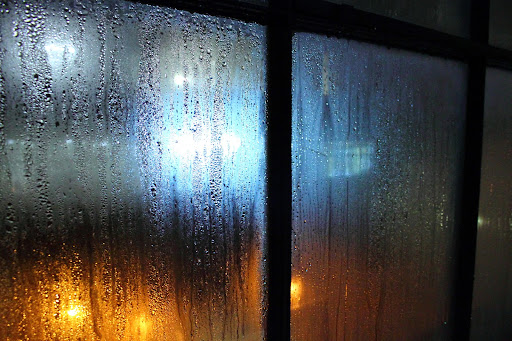
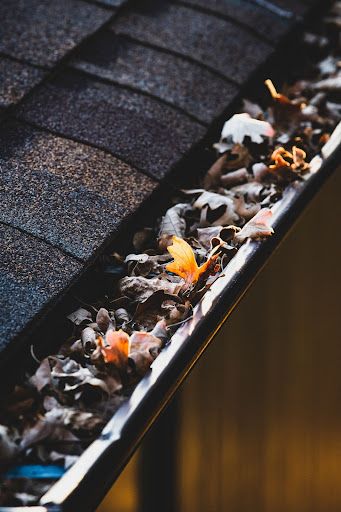
Damp Proofing Services
Addressing different types of damp at home involves a combination of practical, cost-effective solutions. This part of the article explains how to damp proof your house with emphasis on four key areas for effective solutions.
Install a Remedial Damp Proof Course
Installing a remedial Damp Proof Course (DPC) acts as a barrier against rising damp. This method involves drilling into the brickwork at the base level of the home. The DPC, usually a silicon-based rising damp treatment, is then injected into the holes. This substance repels water, inhibiting its rise above this point. However, remedial DPC installation often requires you to get a professional to help with proper execution.
Damp Proofing External Walls
To prevent penetrating damp, treating external walls with a water-repelling product optimises results. Whether it’s applying damp proof cream or installing external wall cladding, the goal remains the same: keep water out. It’s also essential to repair any damaged bricks, pointing, or render that could allow water ingress.
How to Treat Condensation Problems
Condensation, often the result of poor ventilation and high humidity can be managed by improving air circulation. Simple enhancements like installing extractor fans, especially in high-humidity areas like the bathroom and kitchen, can help. We also suggest regular airing out of rooms. Investing in a dehumidifier can also be beneficial, particularly in colder months.
Penetrating Damp Treatment
Penetrating damp often occurs due to problems in the building structure allowing water ingress. Regular maintenance and inspection of roofs and pipes to repair any damage or leaks are simple starting points. Also, consider repointing any deteriorating brickwork, sealing windows properly and clearing out guttering regularly.

Damp Proofing Basements and Cellars
Shifting our perspective, we’ll now look at basement waterproofing solutions, typically vulnerable spaces for harbouring damp. Given their location, these underground areas face direct contact with soil which often retains moisture, increasing the possibility of damp issues. Basements and cellars can benefit greatly from targeted damp-proofing techniques to protect them from excessive damp.
Applying a tanking system or cavity drain membrane in these sub-structures is often recommended. A tanking system, utilising waterproof cement-based renders or coating, creates an effective barrier preventing moisture latently lurking in soil from penetrating your property’s structure. Alternatively, a cavity drain membrane system serves to channel water away, reducing the likelihood of damp seeping into other parts of your home.
Structural waterproofing can be equally effective, mainly when complemented with robust sump pump systems. Pumps are designed to remove any accumulated water, preventing a potential damp outbreak.
In concert with these damp-proofing techniques, adequate ventilation is key. By ensuring sufficient airflow, we’re working to decrease excess humidity that can incite a damp dilemma in our basements and cellars.
Appropriate insulation also plays a part in combatting the issue of damp. Insulation aids in steadying the temperature, curtailing the conditions conducive to condensation-led damp.
Moreover, preventive maintenance checks should not be undermined. Regular inspections and immediate remediations to aid in nipping potential damp issues in the bud and safeguarding the longevity of your property.
Remember, while DIY techniques seem appealing, for extensive damp-proofing, expert advice and assistance assure an all-round, enduring solution.
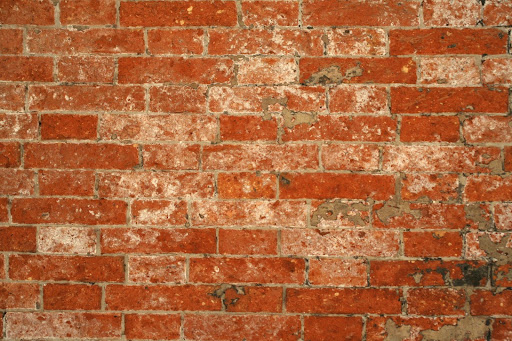
Certified Damp Proofing Surveyors and Technicians in Cambridgeshire
Choosing certified damp proofing specialists guarantees high-quality work conducted by thoroughly trained individuals. Our team of damp proofing surveyors and technicians possess relevant accreditations, assuring that you’re dealing with industry experts. Professionals can accurately identify and treat various types of damp, providing potential long-term solutions rather than temporary quick fixes.
Using technologically advanced tools, our experts perform comprehensive damp surveys and diagnostics in residential and commercial properties. We examine the house meticulously, accounting for factors such as the age of the building, default construction methods, and previous damp proofing interventions to offer bespoke damp proofing strategies.
Additionally, working with certified specialists ensures proper safety measures and regulatory compliance during damp proofing works. They strictly adhere to health and safety standards, ensuring minimal disruption while protecting your domestic or business environment. Whenever you’re facing persistent damp concerns, tapping the expertise of certified professionals, invariably, remains the right choice.
Speak To Your Local Professional Damp Proofing Specialists
We’ve walked you through the challenges and the potential risks damp poses to your home and health. We’ve shared practical solutions and highlighted the importance of regular maintenance, proper ventilation, and insulation. We’ve also shed light on the benefits of professional damp proofing services.
It’s time to take action and protect your home. If you need professional help reach out to your local certified damp proofing surveyors and technicians at APP. We’ll provide you with bespoke solutions to treat damp problems. Remember, tackling damp isn’t just about quick fixes. It’s about long-term solutions that ensure the safety and longevity of your home. So, don’t wait, let qualified specialists help you create a damp-free and healthier home today.
Do I need a Damp Survey?
If you suspect that there is a persistent damp problem in your home, it’s important to get a professional damp survey carried out as soon as possible. Identifying the source of any moisture and assessing the extent of any damage caused can help to ensure that the most appropriate remedies are implemented quickly and effectively. Effective damp proofing solutions ensure that long-term problems do not arise.
What Does A Damp Survey Involve?
A professional damp survey typically involves an experienced surveyor inspecting all parts of the property, both internally and externally, for signs of water ingress. This usually consists of looking for evidence such as staining on walls or ceilings due to mould growth, as well as checking around windowsills and structural timbers for decay or rot. The surveyor will also be able to advise on the cause of any dampness detected. This could range from issues with inadequate insulation or ventilation throughout a property, through to a more serious issue such as rising or penetrating damp. A robust damp proofing solution will help determine what steps need to be taken in order to resolve it.
Beyond A Normal Damp Survey
In some cases, additional measures such as thermal imaging and intrusive testing may also be required; often this involves drilling small holes into walls in order to extract core samples which are then sent away for analysis. This enables specialists to accurately identify a damp proofing solution and any underlying causes that may have contributed towards the issue in order to provide an effective damp proofing solution.
Once these initial checks have been completed a report will then be issued outlining any areas where remedial action needs to take place in order for them to meet building regulations and become hazard-free again. In some cases further investigations into any potential causes (such as condensation) may also be suggested in order for these issues not only to be resolved but also prevented from occurring again. This could involve a wet rot or dry rot treatment plan.
Is A Damp Survey Worth It?
By having a professional damp survey carried out you’ll have peace of mind knowing that all possible contributors towards your moisture problems have been accounted for – enabling you and your family once more to enjoy living in a safe and healthy property!
Damp Solutions FAQs
What are the common effects of damp in the home?
Damp can lead to a variety of issues in the home, including musty smells, patches on your walls, wall degradation, timber decay, and health risks from exposure to mould.
What are some practical solutions for combating damp?
Practical solutions for damp include hiring a damp specialist, implementing damp-proofing methods, using dehumidifiers, and trying various DIY approaches.
What techniques are recommended for basement waterproofing?
For basements or cellars, tanking systems, cavity drain membrane systems, and structural waterproofing with sump pump systems are recommended to prevent damp.
Why is ventilation important in dealing with damp?
Ventilation is important as it helps in reducing condensation levels, thus helping in the prevention of damp problems. It also aids in maintaining indoor air quality.
Should you hire a professional to deal with damp?
Hiring a certified damp proofing surveyor or technician is recommended as they have the necessary expertise to identify and repair various types of damp issues effectively and legally, providing long-term solutions for your home.

We’re Ready To Help You
Please get in touch with our friendly team today and we can get the ball rolling on your project sooner than you think.

Our Guarantee
Most of our damp treatments are offered with an APP guarantee and an insurance backed guarantee. Your report will carry full details of the scheme.
